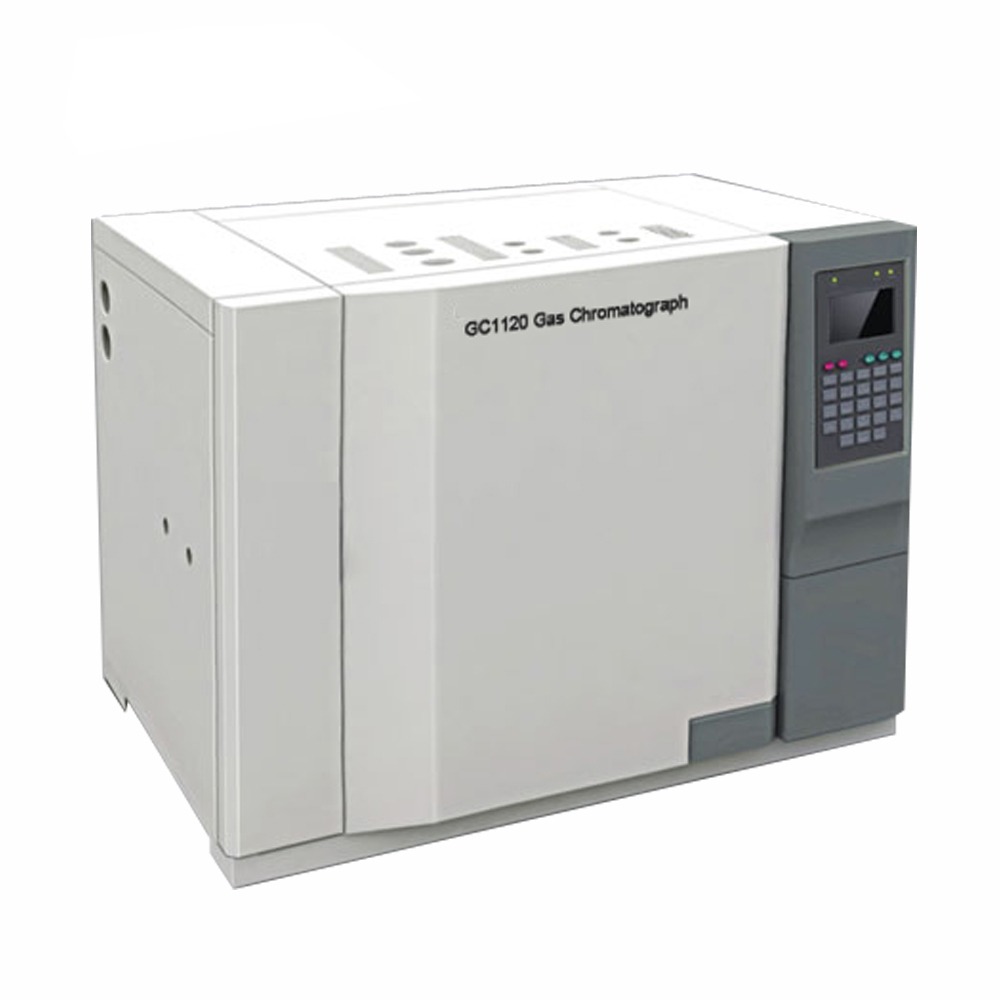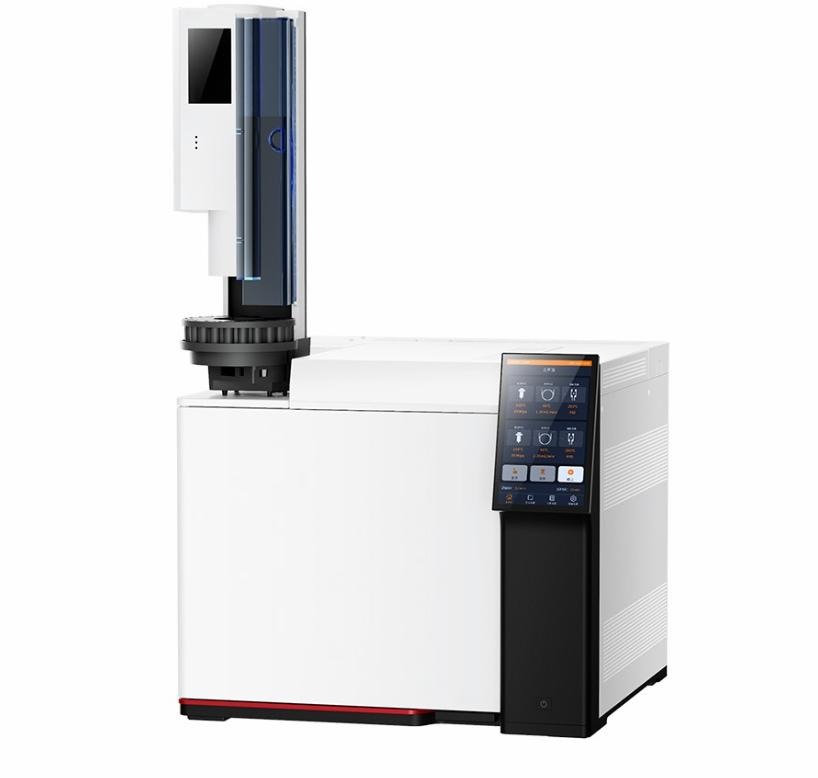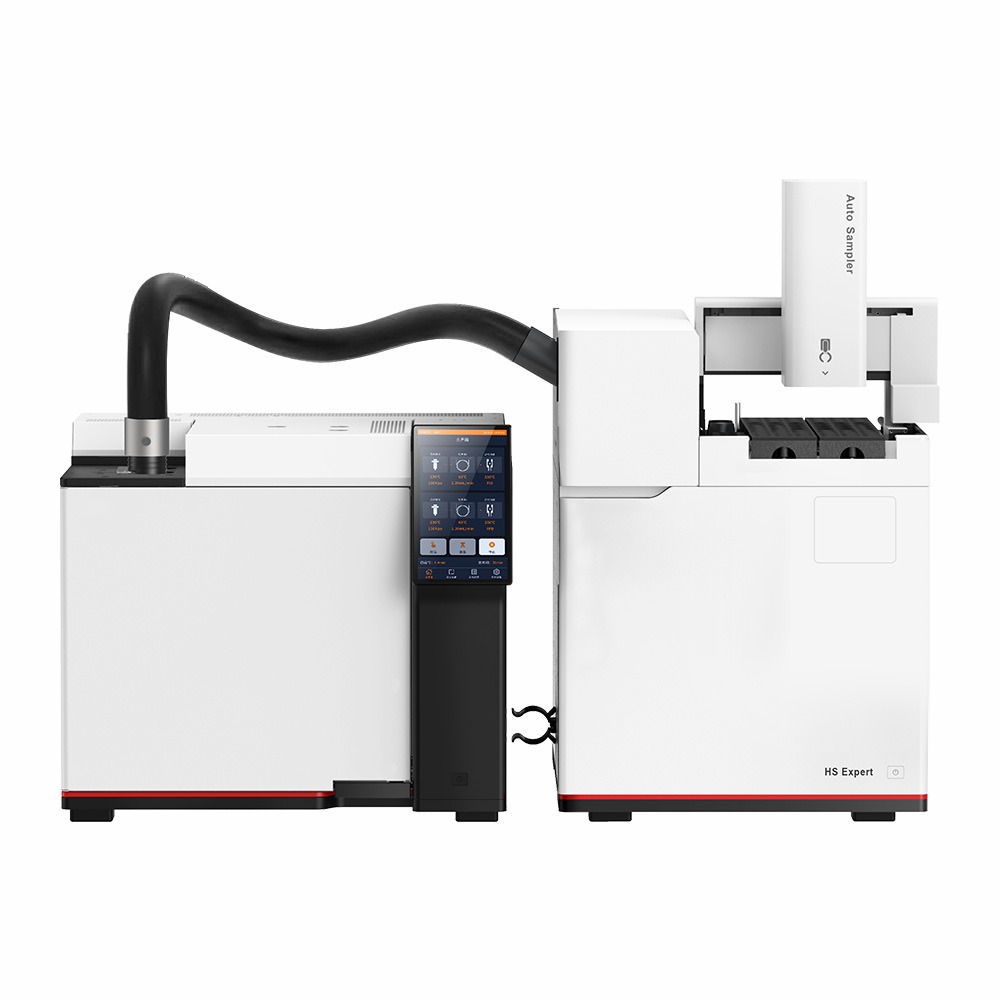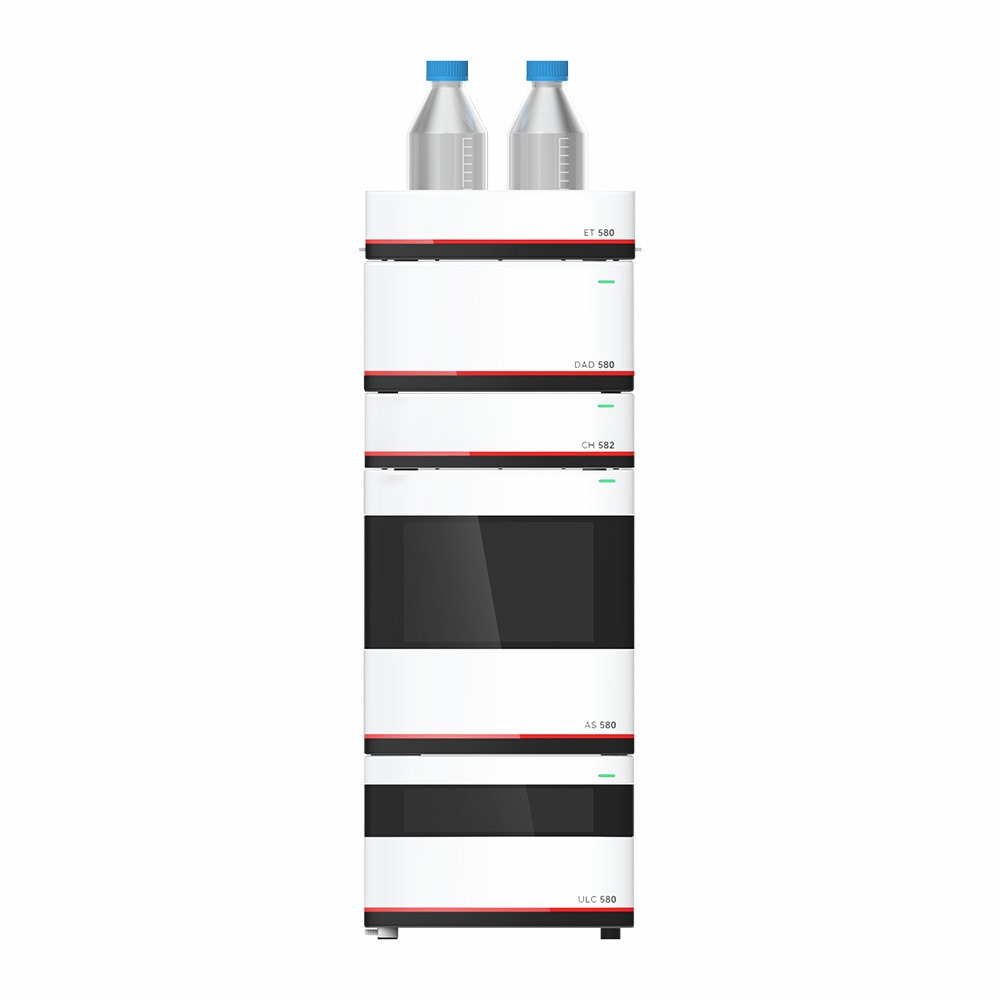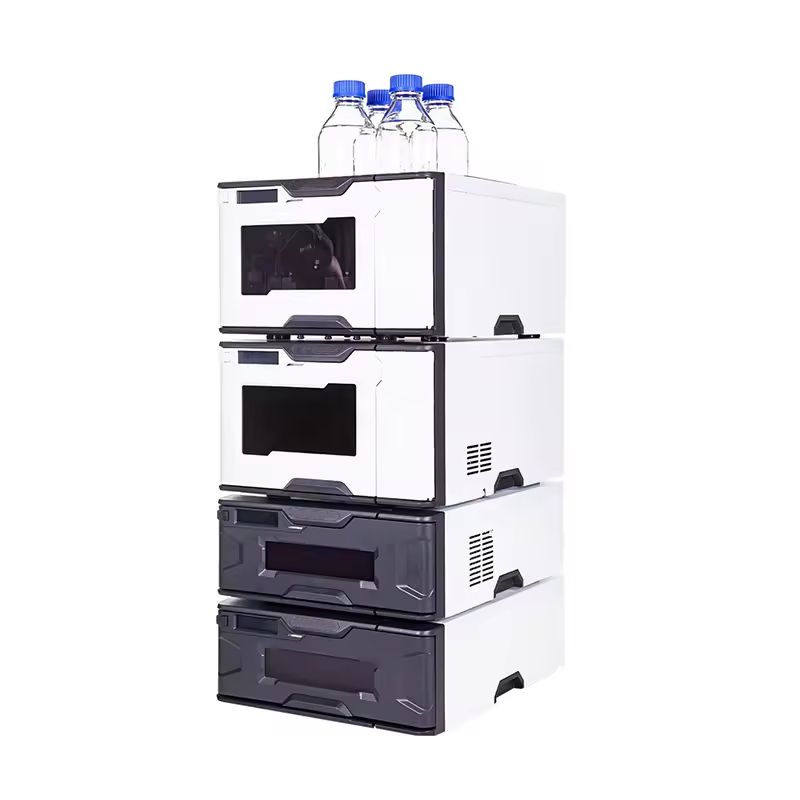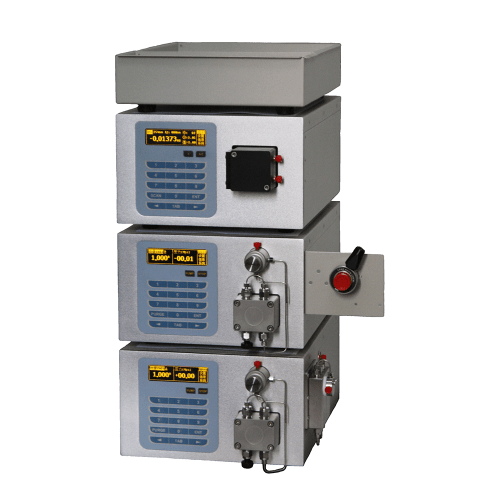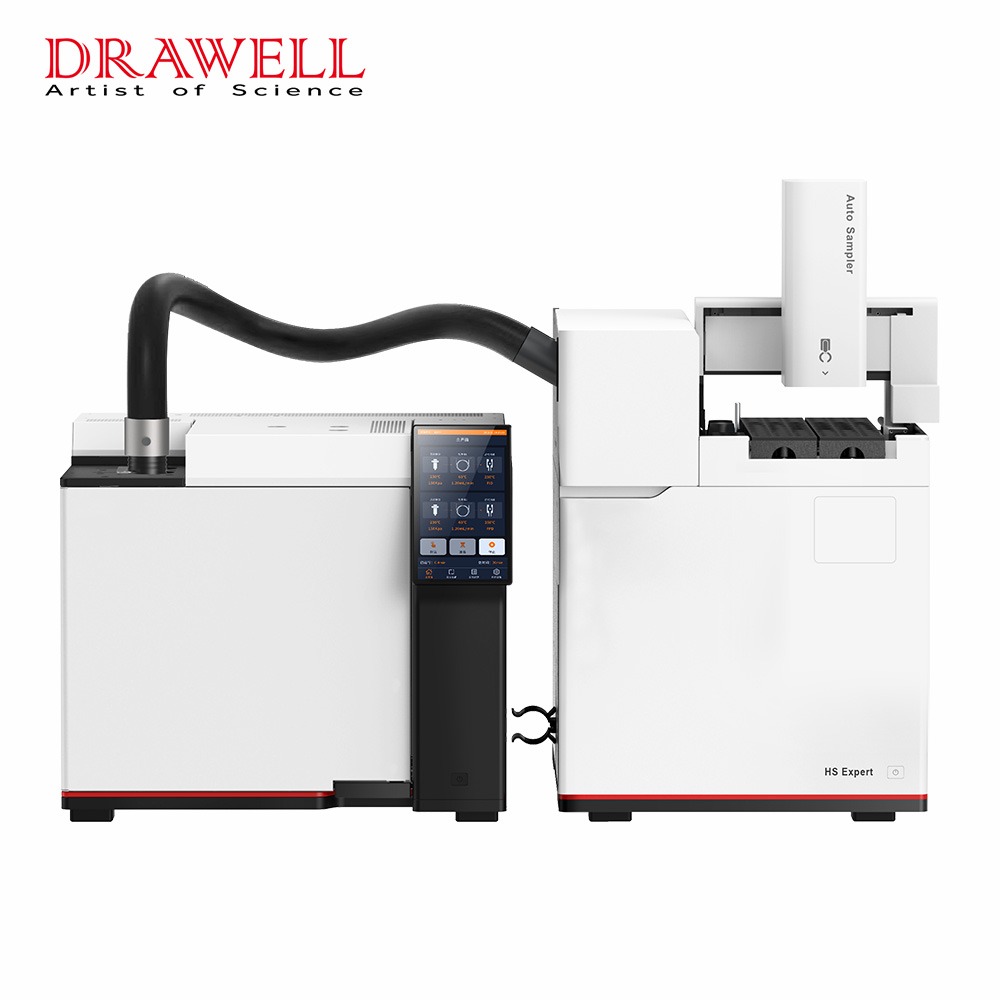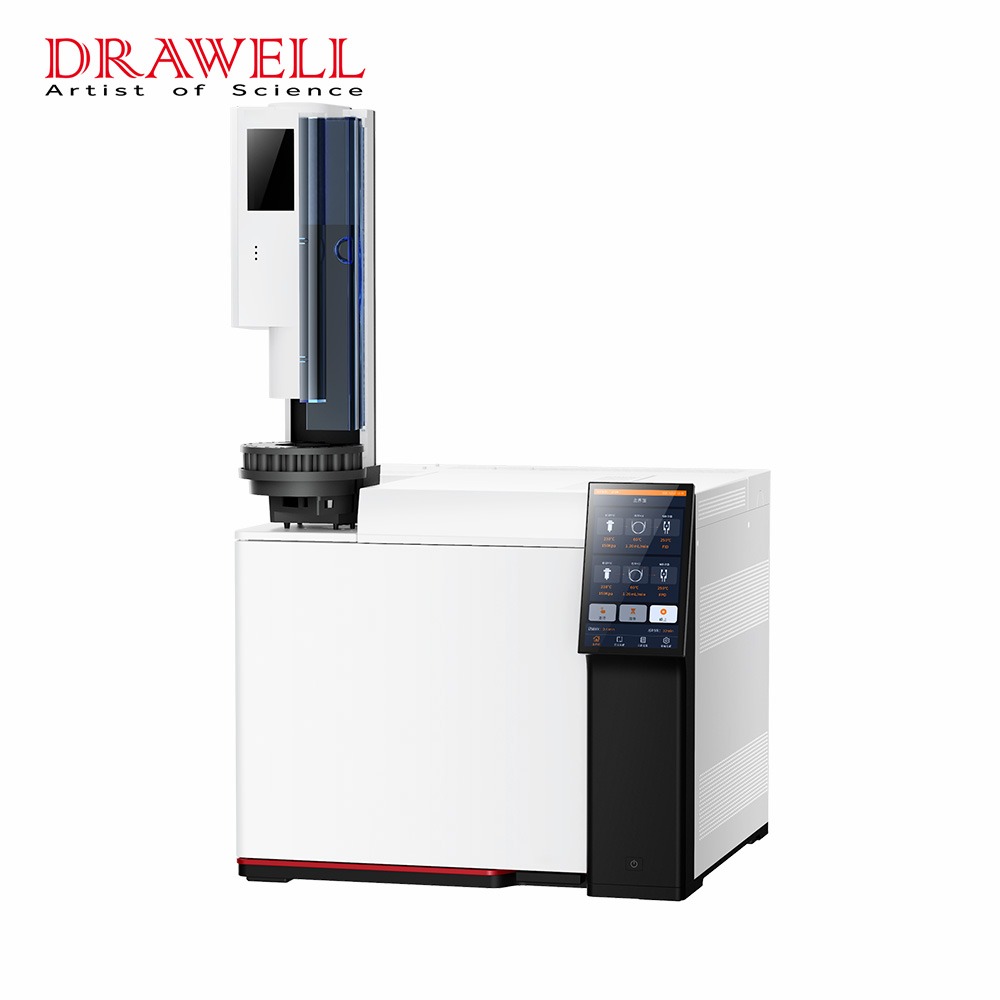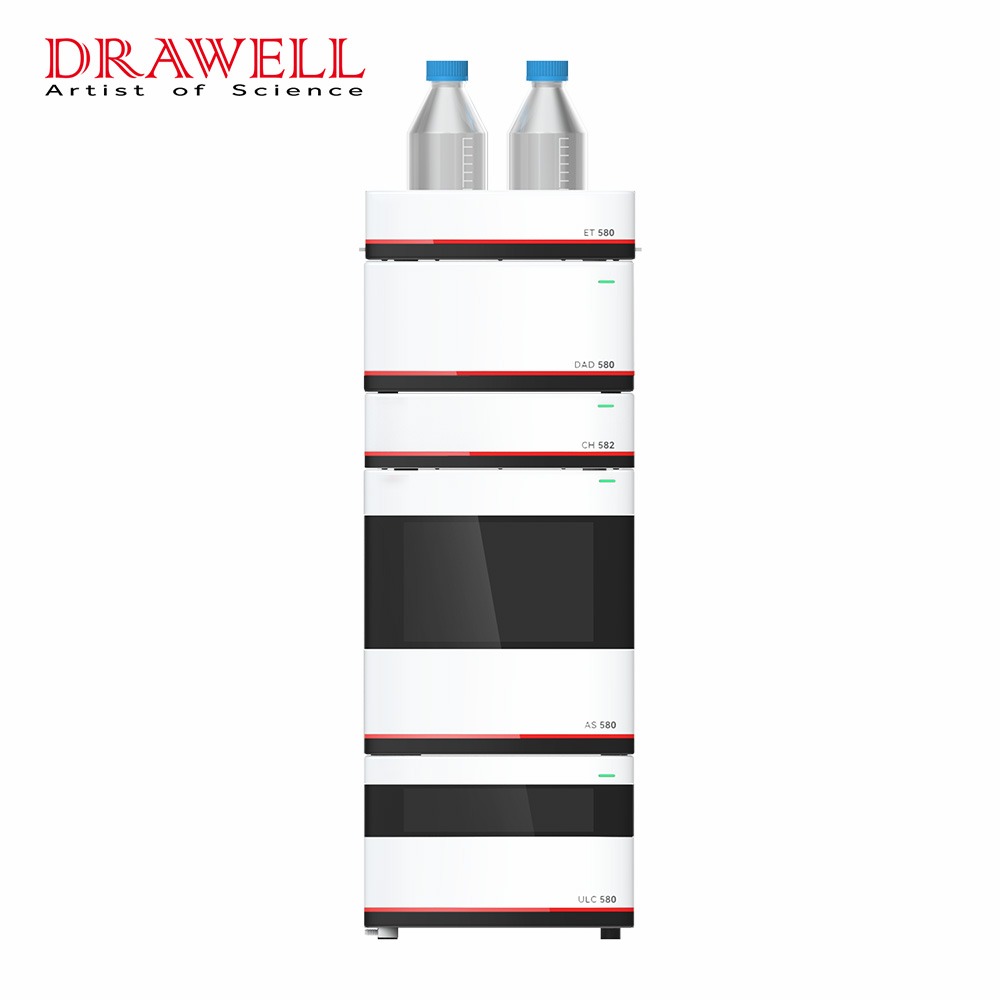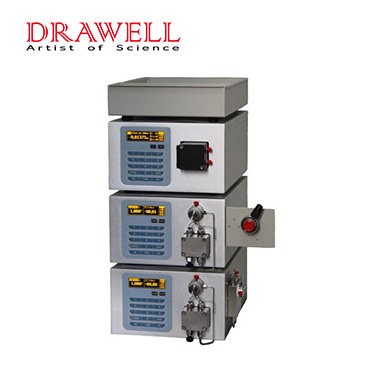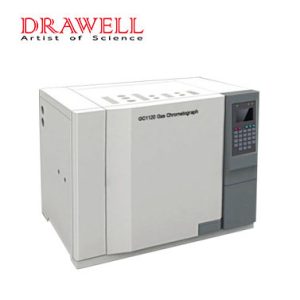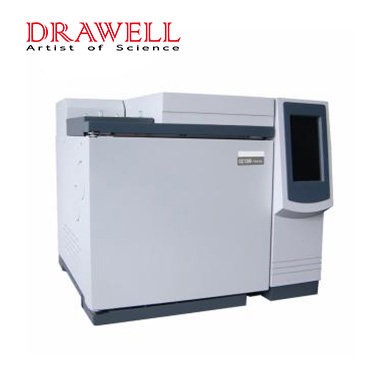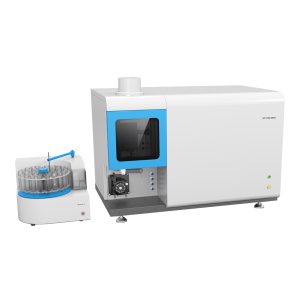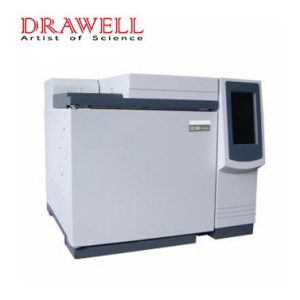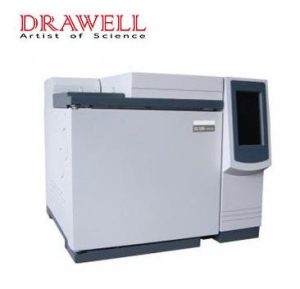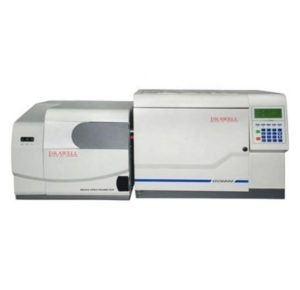In the realm of analytical chemistry, chromatography stands as one of the most indispensable tools for separating and analyzing complex mixtures of compounds. Among its various forms, Gas Chromatography (GC) and High-Performance Liquid Chromatography (HPLC) are two widely used techniques, each offering distinct advantages and applications. In this article, we will delve into the key differences between GC and HPLC, shedding light on their mechanisms, mobile phases, stationary phases, applications, and detectors.
1. Mobile Phase and Stationary Phase Differences Between HPLC and GC
The primary distinction between GC and HPLC lies in the nature of their mobile and stationary phases. GC utilizes a gaseous mobile phase, typically an inert carrier gas like helium or nitrogen, to carry the sample through the column. The stationary phase in GC is a high-boiling liquid or a solid adsorbent that is coated on the inside of a capillary column. As the sample is vaporized and carried through the column by the gas flow, it interacts with the stationary phase, leading to separation based on their affinity and interaction strengths.
In contrast, HPLC employs a liquid mobile phase, which is often a solvent or a mixture of solvents. The sample is dissolved in the liquid mobile phase, and it is this liquid that carries the sample through the column. Inside the column, the stationary phase is either a solid support (column packing) or a chemically bonded phase. The separation occurs due to the differential affinities of the analytes towards the stationary phase, leading to different retention times and ultimately the separation of the mixture.
2. Analyte Types and Sample State Differences Between HPLC and GC
One of the key limitations of GC lies in its suitability for analyzing volatile and semi-volatile compounds that can be vaporized without decomposition. GC is particularly well-suited for the analysis of volatile organic compounds (VOCs), hydrocarbons, pesticides, essential oils, and similar substances. Non-volatile compounds may not be well-suited for GC analysis, as they may not readily vaporize or could decompose at the high temperatures used in GC.
On the other hand, HPLC is far more versatile and can handle a broader range of compounds, including polar and non-volatile substances. HPLC finds extensive application in the analysis of pharmaceuticals, environmental samples, food components, biomolecules, and various other complex mixtures.
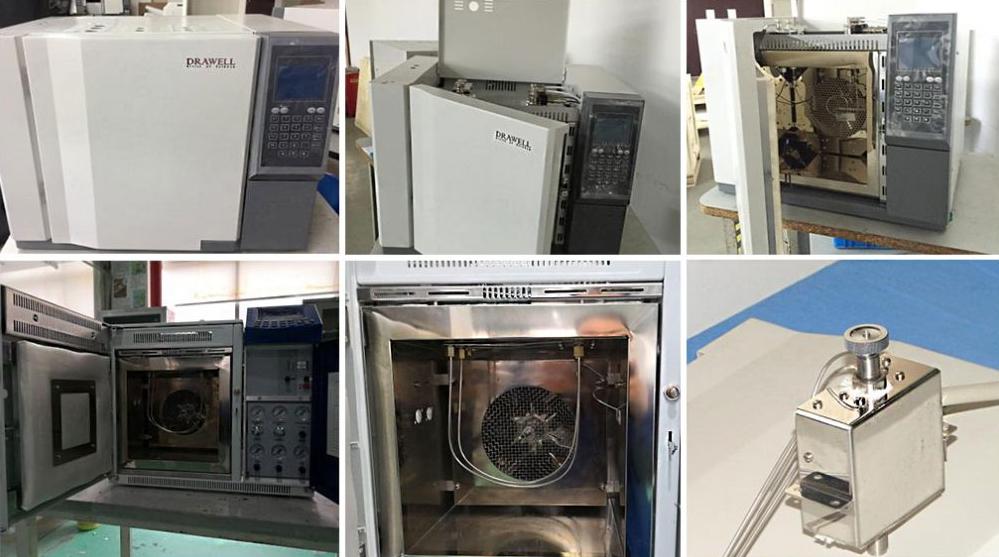
3. Temperature and Sample Preparation Differences Between HPLC and GC
Temperature plays a crucial role in the separation process of both GC and HPLC. GC often involves high-temperature operation to ensure efficient vaporization and separation of non-volatile compounds. In GC, the column temperature can be precisely controlled, enabling fine-tuning of separations. This aspect makes GC an excellent choice for analyzing complex mixtures with a wide range of boiling points.
On the contrary, HPLC is typically performed at ambient or slightly elevated temperatures to maintain the liquid mobile phase. The lower temperature range in HPLC makes it more suitable for compounds that are sensitive to high temperatures, such as biomolecules and thermally labile pharmaceuticals.
Additionally, sample preparation requirements differ between the two techniques. GC generally demands minimal sample preparation, often focusing on vaporization or headspace techniques for volatile compounds. In contrast, HPLC may require more extensive sample preparation, such as filtration and dilution, particularly for complex matrices.
4. Applications and Detector Types Differences Between HPLC and GC
As previously mentioned, GC is widely used in applications that involve the analysis of volatile and semi-volatile compounds. Industries that frequently rely on GC include environmental monitoring, petrochemicals, forensics, and the fragrance industry, among others. GC detectors can vary depending on the analytes and their concentrations. Commonly used detectors include the Flame Ionization Detector (FID) for organic compounds, the Thermal Conductivity Detector (TCD) for gas analysis, and the Mass Spectrometer (MS) for qualitative and quantitative analysis of complex mixtures.
In contrast, HPLC finds application in an array of fields, from pharmaceutical analysis to food testing and environmental monitoring. The versatility of HPLC allows it to analyze a wide range of compounds, making it indispensable in modern analytical laboratories. HPLC detectors include UV-Vis detectors for compounds that absorb ultraviolet or visible light, Diode Array Detector (DAD) for spectral information, Fluorescence Detector (FLD) for fluorescent compounds, and Mass Spectrometer (MS) for comprehensive qualitative and quantitative analysis.

Conclusion
In conclusion, Gas Chromatography (GC) and High-Performance Liquid Chromatography (HPLC) are two powerful analytical techniques, each suited for distinct applications and analyte types. GC relies on a gaseous mobile phase and is best suited for the analysis of volatile compounds, while HPLC employs a liquid mobile phase, making it more versatile in handling both polar and non-volatile substances. The differences in the mobile phase, stationary phase, temperature, sample preparation, and detector types make these two chromatographic methods valuable assets in the pursuit of understanding complex mixtures and compounds in various industries. By harnessing the strengths of both GC and HPLC, researchers and analysts can unlock deeper insights into the world of chemistry and its many applications.
Related Products Recommendation
Get Quote Here!
Latest Posts
What Next?
For more information, or to arrange an equipment demonstration, please visit our dedicated Product Homepage or contact one of our Product Managers.


